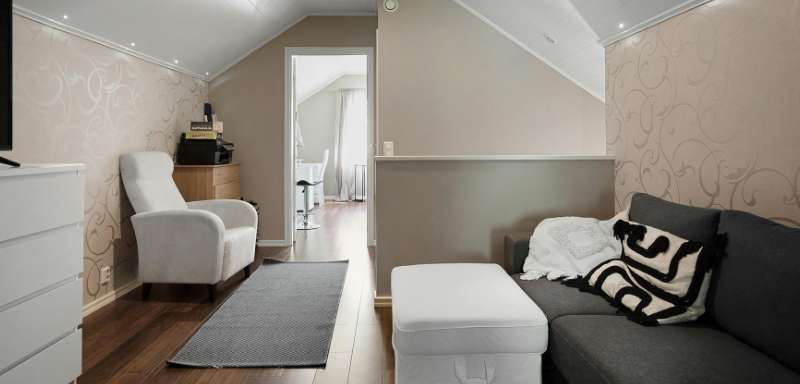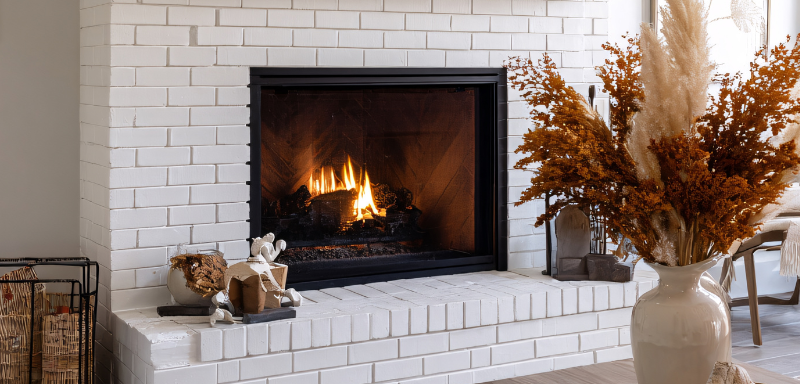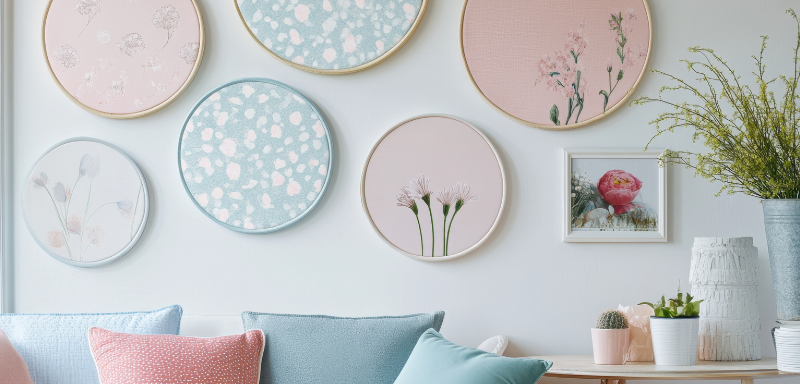Designing a home goes beyond furniture or paint. It’s about creating a feeling. Emotional design guides choices that bring comfort, calm, and joy.
It all begins with one question: how do we want to feel in our space? That answer shapes each decision, from color and texture to furniture layout.
Homes reflect who we are, but they also shape how we feel. Emotional design turns regular rooms into spaces that support mental and emotional well-being.
Whether it’s a bedroom, kitchen, or living room, design choices affect mood. Let’s explore how to use emotional design to build a more balanced home.
The Psychology Behind Color in Interior Design
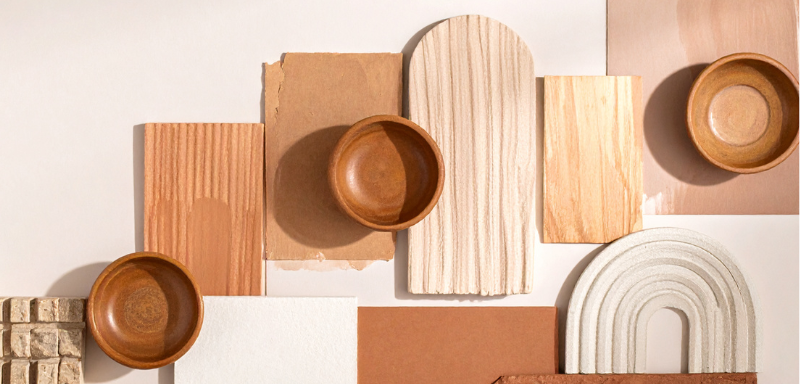
Color does more than decorate. It affects how we feel, think, and focus. That’s why it plays a key role in emotional design.
Warm tones like red, orange, and yellow create energy. They work well in rooms made for movement and social connection, like dining areas or playrooms.
Cool tones such as blue, green, and purple bring calm. They are great for places where rest and relaxation are essential.
Neutral colors provide emotional balance. They reduce visual noise and allow other colors or textures to shine without overwhelming the senses.
Color also shapes our physical perception. A blue room can feel cooler, while warm tones give a sense of physical warmth.
How Each Color Affects Mood at Home
Let’s explore the emotional impact of specific colors. Understanding their effects helps you use them strategically across your home.
- Red: Passion and Energy
Red boosts heart rate and draws attention. It’s powerful in small doses like accent walls, throw pillows, or dining chairs. - Orange: Creativity and Warmth
Orange sparks creativity and sociability. It works well in home offices, craft rooms, or play areas. - Yellow: Optimism and Light
Yellow evokes sunlight and cheer. Use it in kitchens or entryways to bring a sense of welcome and brightness. - Green: Renewal and Calm
Green connects us with nature. It lowers stress and improves focus, making it perfect for living rooms and bedrooms. - Blue: Tranquility and Clarity
Blue promotes rest and mental clarity. Lighter blues are soothing, while rich blues add elegance without overwhelming. - Purple: Luxury and Reflection
Purple inspires introspection and richness. Soft lavenders suit relaxation, while strong purples enrich moody interiors. - Neutrals: Balance and Flexibility
Neutrals provide emotional rest. They balance bold colors and create room for changing moods and evolving decor.
Each color plays a unique role in shaping atmosphere. When chosen with intention, they transform any space into a supportive and emotionally aligned environment.
Texture: The Unsung Hero of Emotional Design
Color gets attention, but texture does the grounding work. Texture creates emotional depth and connects us physically to a space.
Soft materials like velvet or wool add comfort. Harder surfaces such as wood or stone add strength and visual stability.
Smooth finishes feel clean and refined. Rough textures bring a sense of rawness and nature, reminding us of authenticity.
By layering textures, you build sensory richness. It’s not just how a room looks, but how it feels to live in and move through.
Creating Comfort Through Sensory Touch
Touch connects us deeply to our surroundings. Tactile design soothes the body and shapes emotional perception.
Soft bedding, plush rugs, and warm cushions promote rest. They tell the nervous system that this space is safe and calm.
Hard and shiny surfaces, like marble or tile, increase focus and awareness. They work best in kitchens or bathrooms.
Blending soft and firm textures creates harmony. A wool throw over a leather chair provides balance in both touch and tone.
Emotional Zoning: Matching Design with Function
Each room should reflect its purpose. Emotional zoning helps you match design choices to the feeling you want to encourage.
Bedrooms benefit from quiet tones, soft lighting, and layered textures that encourage rest.
Living rooms should feel welcoming and open. Use warm colors, textured fabrics, and flexible lighting to promote comfort and social ease.
Workspaces need focus and order. Use greens, clear surfaces, and ergonomic pieces to support productivity without tension.
Dining areas invite conversation. Warm tones, natural materials, and cozy textures support shared meals and positive energy.
Lighting as an Emotional Design Tool
Lighting changes how we feel. Warm lights relax. Cool lights boost clarity. Choosing the right lighting improves both function and mood.
Sunlight enhances mood and energy. It supports mental well-being and works best in social or activity spaces.
Use multiple light sources. Mix overhead lighting with floor lamps or task lights to create comfort and adaptability.
Dimmable bulbs give emotional control. Adjust brightness throughout the day to match activity and natural rhythm.
Materials That Influence Emotions at Home
Each material brings its own emotional tone. Wood feels warm and familiar. Metal brings clarity. Stone provides strength. Fabric softens everything it touches.
Here is a table that summarizes how common materials influence mood at home:
| Material | Emotional Impact | Best Use Cases |
|---|---|---|
| Wood | Warmth, familiarity, grounding | Floors, furniture, beams |
| Metal | Coolness, clarity, precision | Fixtures, handles, accents |
| Stone | Stability, permanence, calm | Countertops, bathrooms, fireplaces |
| Fabric | Softness, comfort, warmth | Sofas, bedding, curtains |
| Glass | Lightness, openness, reflection | Tables, doors, windows |
| Cotton | Breathability, gentleness | Linens, pillows, upholstery |
| Wool | Coziness, tradition, protection | Rugs, throws, wall accents |
| Clay | Earthiness, creativity, calm | Decor, tiles, planters |
| Acrylic | Lightness, modernity, fun | Chairs, accessories, decor |
Natural materials bring calm. They create a strong emotional connection to nature and provide familiarity, grounding, and a timeless sense of comfort in everyday surroundings. Synthetic elements can bring brightness and precision when used intentionally.
Mixing textures offers emotional balance. Combine rough and soft, warm and cool, to support both focus and comfort.
Emotional Comfort Through Furniture Choices
Furniture affects how we feel and move. Its shape, texture, and position create comfort or tension.
Rounded edges and soft forms promote relaxation. Circular coffee tables or curved sofas invite people to rest and connect.
Straight lines and angular shapes provide structure. They help organize movement and define zones within smaller areas.
Choose pieces that feel inviting. A padded chair or ergonomic bench sends signals of care and safety.
Room by Room: Applying Emotional Design Principles
Each room plays a unique role in our daily routine. Emotional design lets us align each space with the feeling we need most in that moment.
By tailoring colors, textures, and lighting to the function of a room, we create emotional harmony—making our homes feel both purposeful and personal.
| Room | Emotional Goals | Suggested Elements |
|---|---|---|
| Bedroom | Rest, serenity, retreat | Soft colors, dimmable lighting, layered bedding, minimal noise |
| Living Room | Connection, comfort, welcome | Warm tones, cozy seating, textured fabrics, adaptable lighting |
| Kitchen | Energy, clarity, nourishment | Bright surfaces, joyful colors, tactile linens, fresh materials |
| Bathroom | Renewal, calm, refresh | Clean finishes, natural elements, soft lighting, greenery |
| Home Office | Focus, clarity, motivation | Greens, ergonomic furniture, clean lines, focused task lighting |
Each space can support its function and mood with intentional design. These small changes make daily life smoother, more pleasant, and emotionally fulfilling.
By designing with feeling in mind, our rooms stop being generic areas and start becoming emotional anchors—spaces that truly reflect and uplift our lives.
Sensory Design for Emotional Safety
Focus on physical grounding. Floors should feel sturdy. Rugs absorb noise. Natural sounds or soft music help ease stress.
Visual clarity is key. Limit clutter. Use baskets, shelves, and texture to organize in a warm way.
Furniture placement also matters. Place a chair near a window to build a sense of openness and relief.
Emotional Design for Kids and Family Spaces
Children need calm stimulation. Use soft colors and textures that invite exploration without overwhelm.
Felt, cork, cotton, and smooth rugs support emotional learning. Let kids help choose items to build ownership and comfort.
Family zones benefit from washable materials and layered light. Use warmth to promote connection.
Emotional Design and Seasonal Changes
As seasons change, our emotional needs at home shift too. Emotional design can adapt to reflect nature’s rhythm.
In colder months, add layers. Use thicker fabrics, deeper tones, and soft lighting to build a sense of warmth and nesting.
In spring or summer, lighten your decor. Choose breezy curtains, light rugs, and more open spaces to reflect natural energy.
Rotate artwork or throw pillows seasonally. This small shift keeps the home dynamic and in tune with your current emotional state.
Even adjusting scents helps. Fresh florals for spring, citrus for summer, spices for fall, and pine or vanilla for winter support a full sensory environment.
Let your home grow with the calendar. Each change supports a deeper connection with time, emotion, and environment.
Small Budget, Big Impact: Affordable Emotional Design Tips
You don’t need major changes to feel better in your home. Start with what’s already there.
Rearrange furniture. Add a soft throw or pillow. Replace one light bulb with a warmer tone.
Include natural objects. A plant, wooden tray, or shell adds life and grounding.
Rotate colors with the seasons. Keep your home emotionally responsive and always evolving.
Designing for Transitions and Life Changes
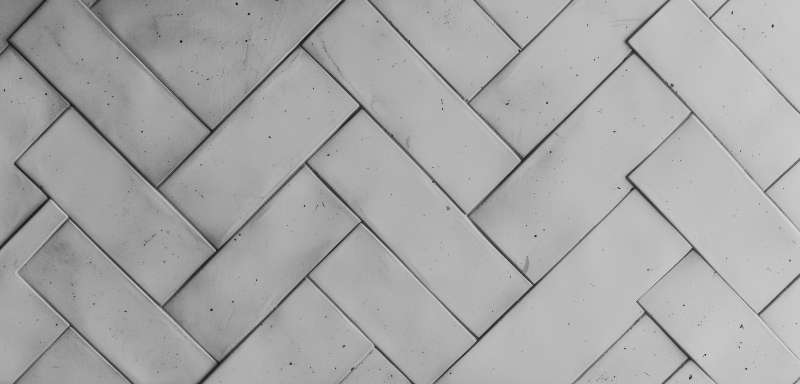
Life constantly evolves, and our spaces should reflect that. Emotional design supports transitions like parenthood, career shifts, retirement, or periods of healing and recovery.
Moments of change call for thoughtful environments. Design can gently guide us, offering structure, calm, or motivation depending on what life demands.
For new parents, soft textures and quiet lighting help create rest zones. Gentle colors and warm materials provide comfort during this tender phase.
Remote workers benefit from visual boundaries. Separate focus areas from relaxation using furniture placement, texture contrast, and personalized decor.
Aging family members need ease and softness. Rounded furniture, cozy materials, and high-contrast elements enhance both comfort and safety in daily routines.
Those moving through grief or recovery may find peace in intentional details. A soft chair by the window, familiar objects, or calm colors offer gentle emotional support.
Emotional design meets us where we are. It grows with our story, making each stage of life more meaningful, more human, and more at home.
Designing for Shared Living and Relationships
Emotional design is especially valuable in shared spaces. Whether living with family, a partner, or roommates, design choices can improve harmony and reduce tension.
Use layout to support healthy interaction. Arrange seating to encourage conversation. Allow each person to have a personal corner that reflects their identity.
Balance shared aesthetics with individual expression. Choose a color palette that’s neutral and calming, then layer personal items in each area.
Storage is key to emotional peace in shared homes. Clear surfaces reduce stress and help everyone feel they belong in the space.
Establish rituals through design. A cozy breakfast nook, shared bookshelf, or game corner can create emotional routines and stronger bonds.
Consider sound. Use textiles, rugs, and plants to absorb noise and improve acoustic comfort. Quiet design equals emotional balance.
Design becomes a communication tool. It supports mutual respect, emotional safety, and creates an environment where everyone feels seen and supported.
Checklist: Emotional Design Essentials
Use this list to guide your next home update. These principles offer thoughtful ways to create a balanced, nurturing, and emotionally engaging environment that evolves with your lifestyle.
- Choose colors based on mood and purpose
- Mix soft and hard textures in every room
- Prioritize natural materials and lighting
- Use layered light sources for emotional flexibility
- Arrange furniture with flow and comfort in mind
- Reduce visual clutter to ease the mind
- Include at least one tactile or handmade element
- Add nature-inspired decor or live plants
- Let personal items reflect identity and memory
- Match the room’s design to how you want to feel in it
Each item on this list represents a step toward emotional harmony. Applied together, they help shape a home that truly feels like yours.
Conclusion
Emotional design transforms our homes into spaces that care for us. Through color, texture, light, and flow, each decision shapes the mood we live in daily.
Even simple adjustments create big emotional shifts. Whether your goal is calm, energy, or connection, emotional design helps make it visible and real.
Your home is more than shelter. It’s your emotional landscape. Design it to reflect how you want to feel and support who you are becoming.
Let your space respond to you. Let it change, breathe, and offer comfort with every step you take inside.
Related Content


